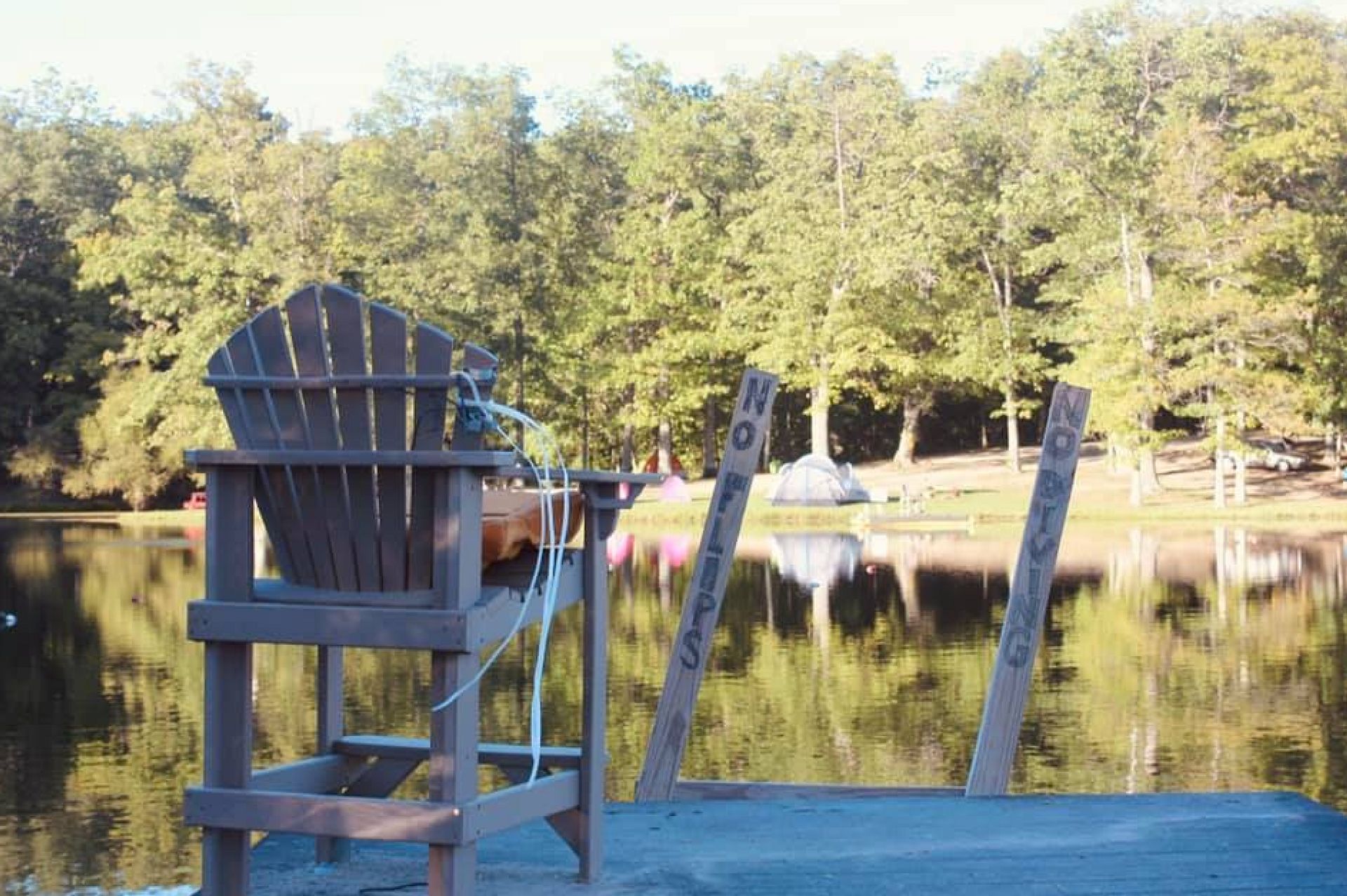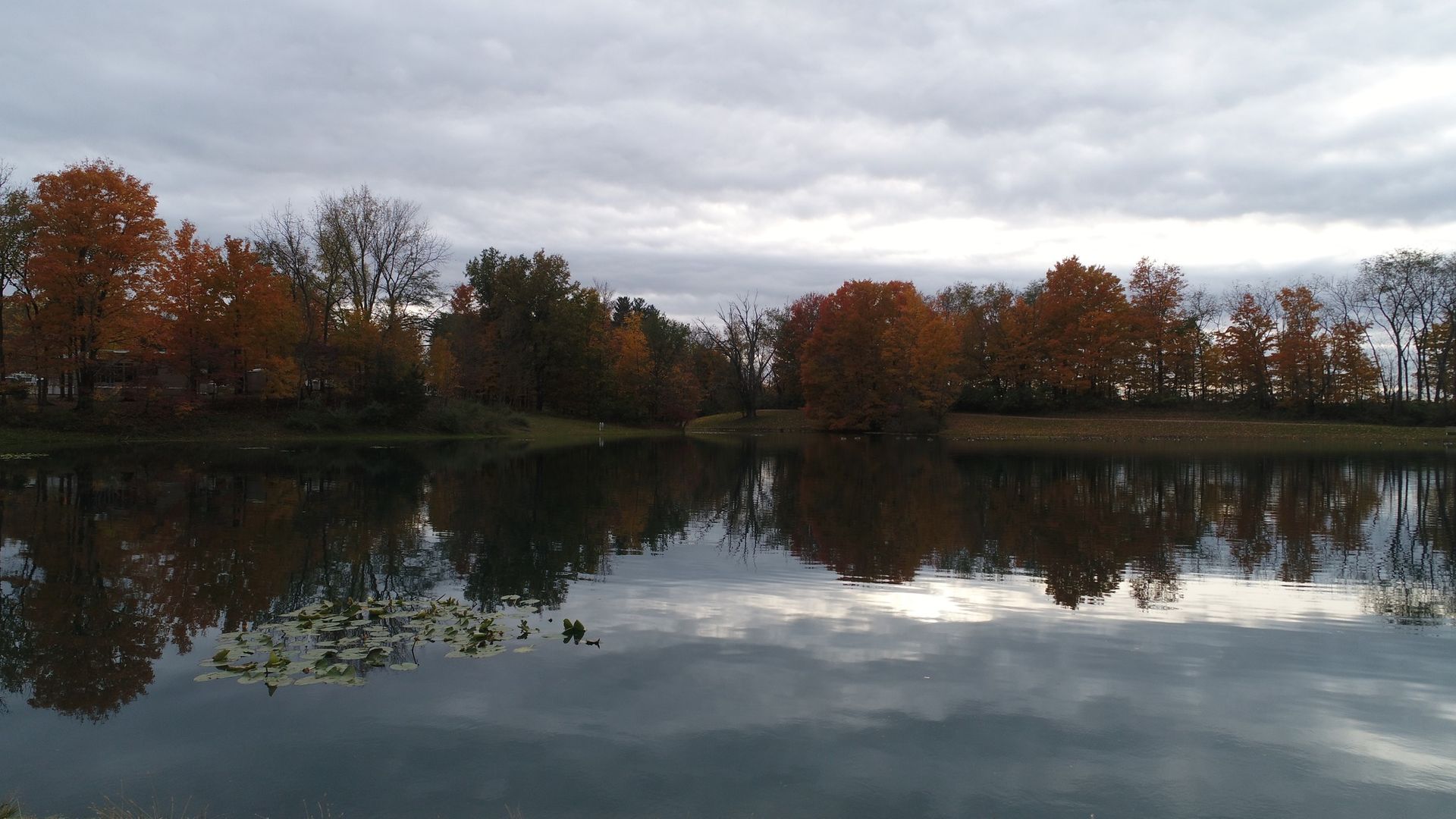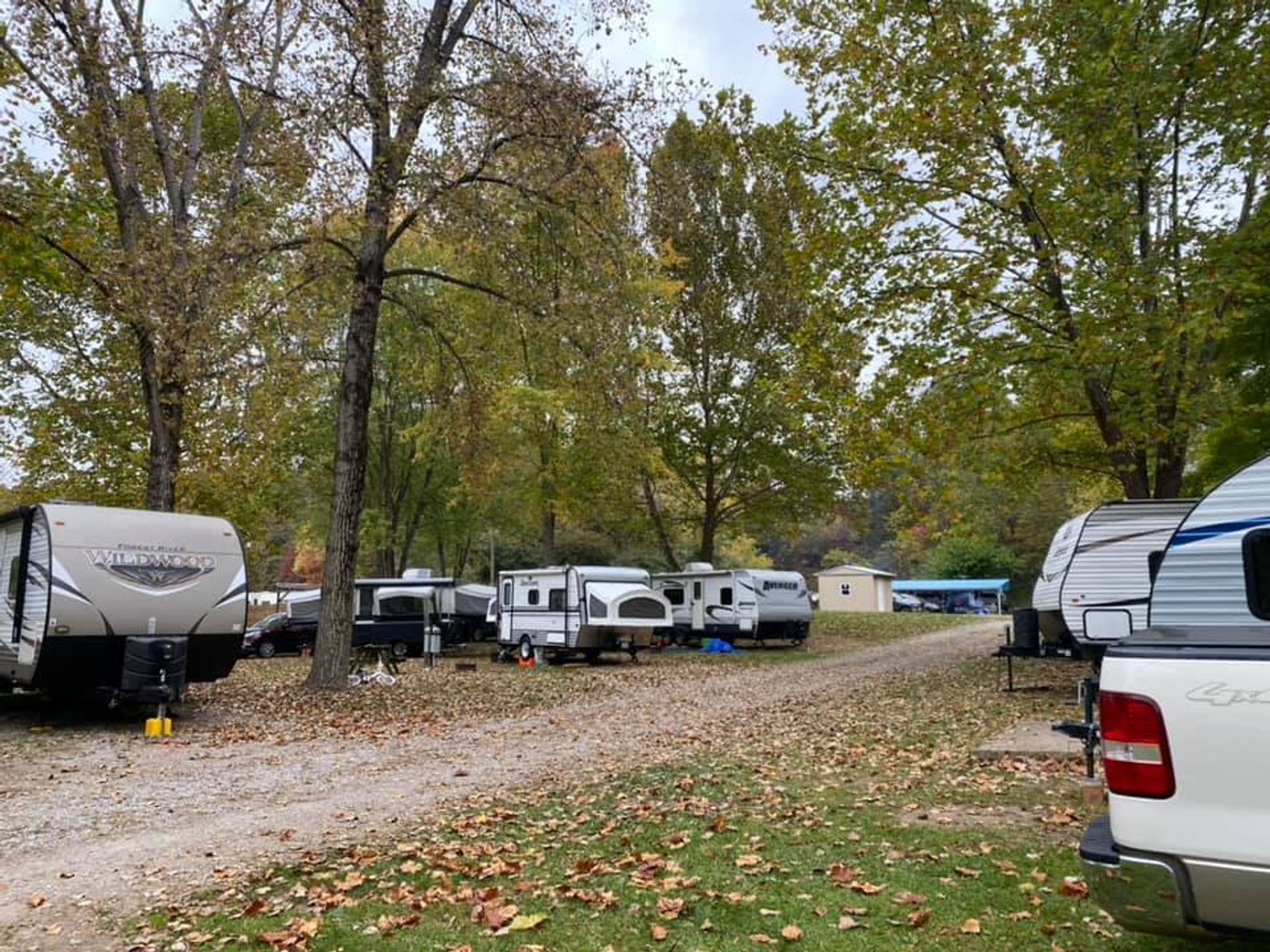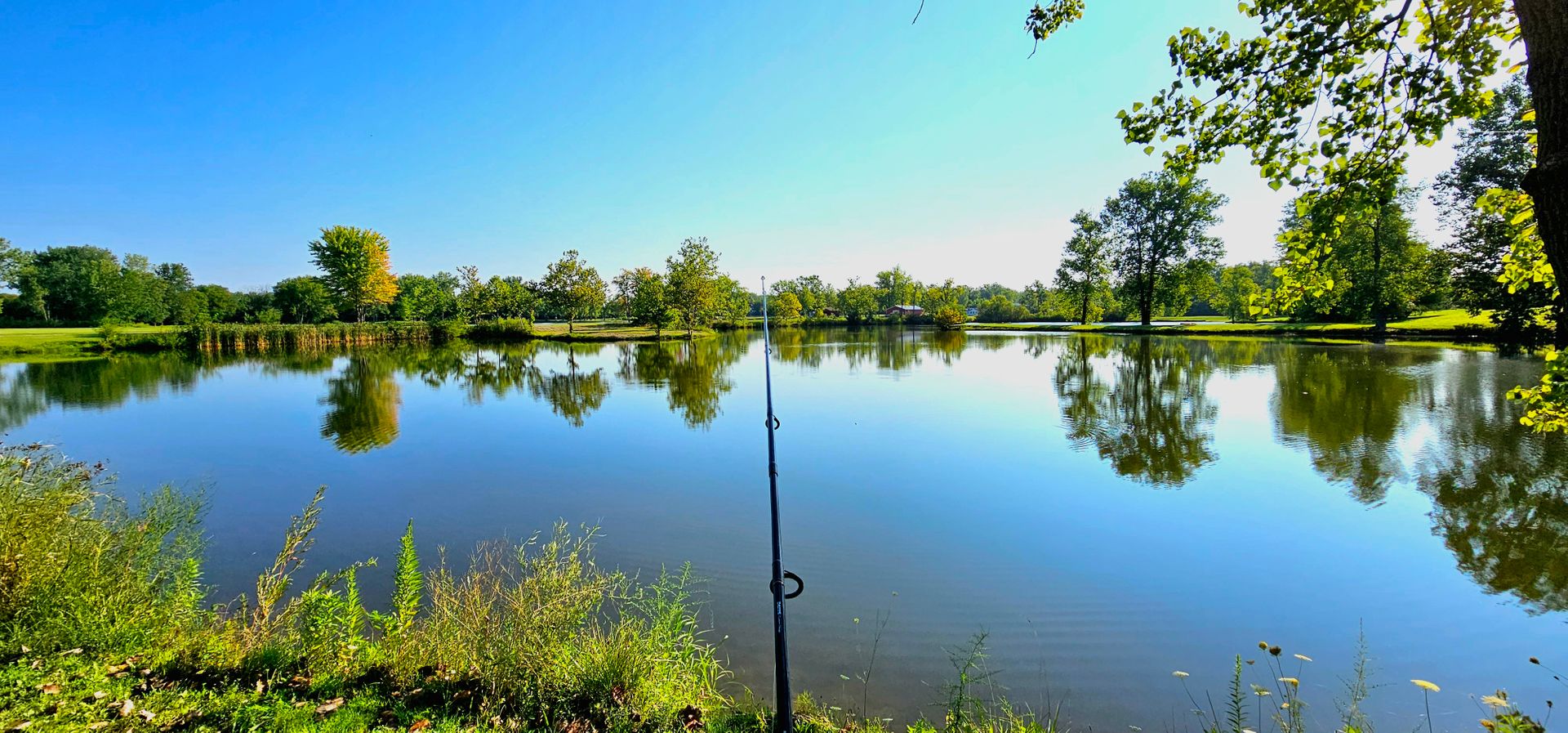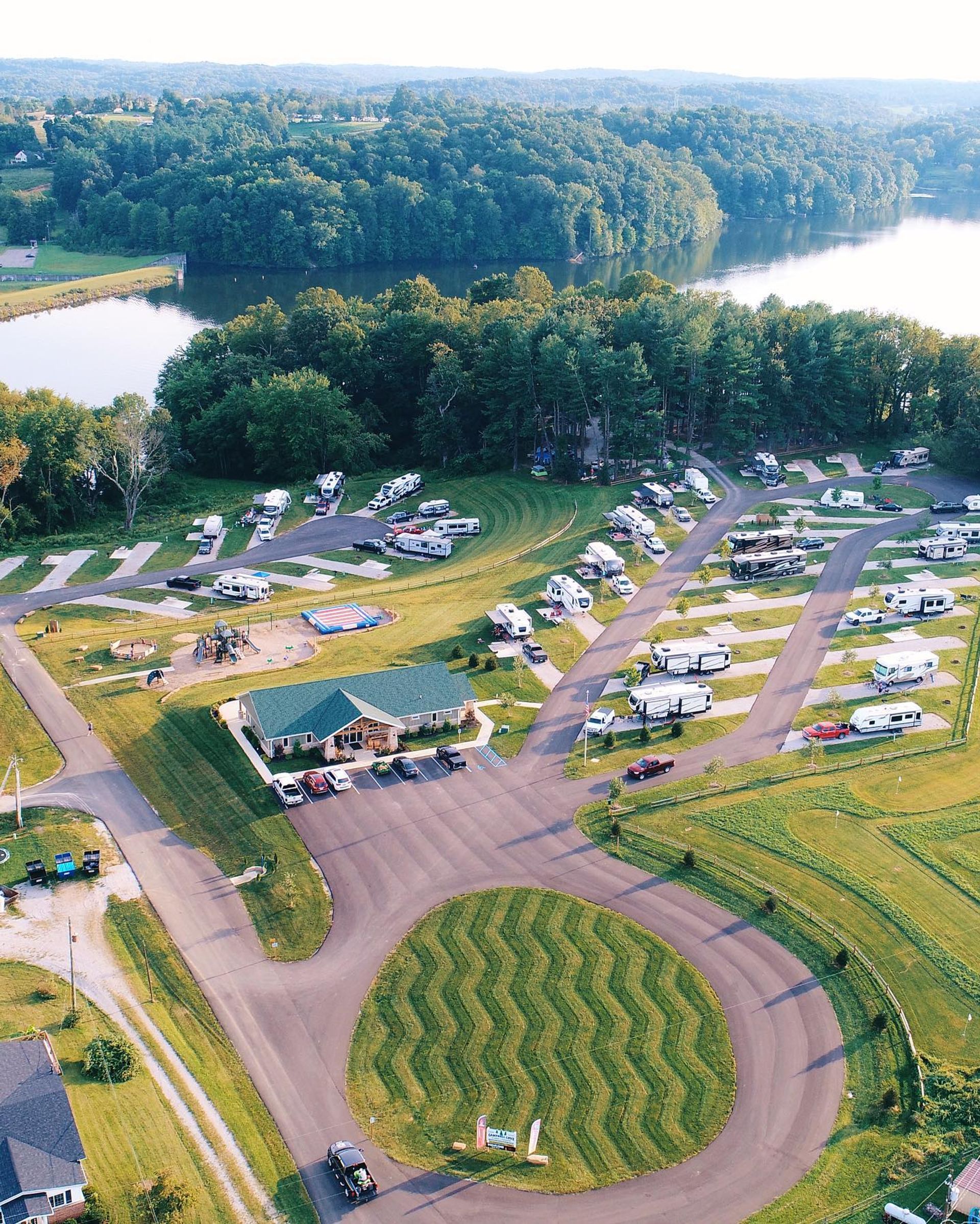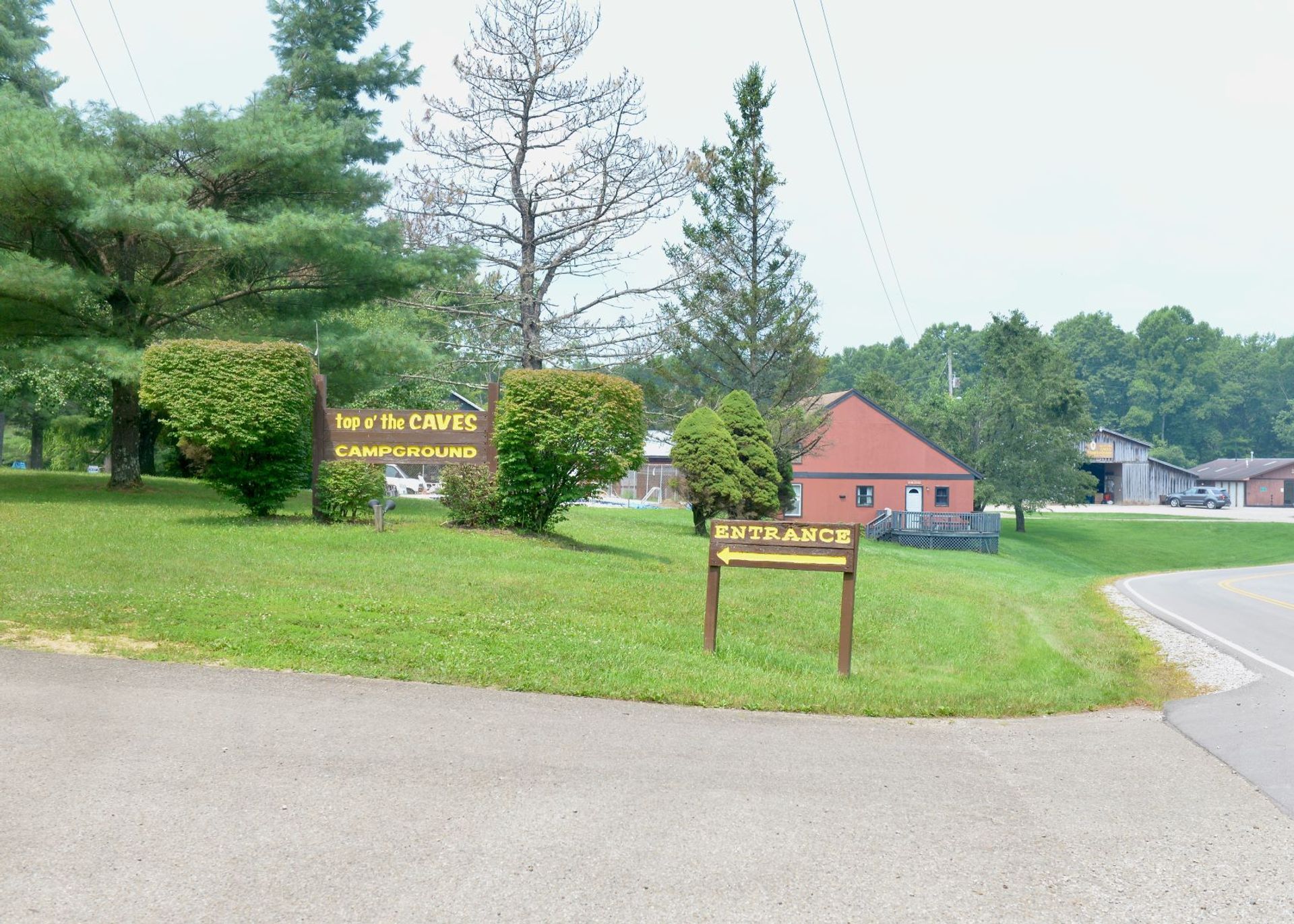Top Campgrounds Near Me
Jackson Lake Park
16 milesThis is the straight-line distance on the map. Actual travel distance may vary.Canal Winchester, OH
32 Verified ReviewsStarting at $25.00
If you're looking for nonstop fun, look no further than Jackson Lake Park. Offering amenities to satisfy the whole family, there is no better place to start family traditions! With the variety of ways to stay, you'll be sure to find your perfect spot. Whether you're looking to spend the whole day on the lake fishing, or partake in the exciting planned activities, Jackson Lake Park is there to make it perfect.
- Beach
- Waterfront
- Waterpark
- Pool
- Dog Park
- Playground
- Live Music
- Bathrooms
- Special Events
Berkshire Lake Campground
19 milesThis is the straight-line distance on the map. Actual travel distance may vary.Galena, OH
Starting at $72.00
Tucked away in Galena, Ohio, Berkshire Lake Campground is the ultimate midwest getaway. With 205 sites, 15 cabins, 4 deluxe cabins, tent sites, and RV Clubs, this campground has the perfect spot for everyone. Spend the day at the pool, playing in the game room, reaching new heights on the jumping pillow, trying to strike gold at the gem mine, and so much more! Off site, you'll be within a 1/2 hour drive to the State Capitol, State Fairgrounds, Convention Centers, and German Village. Plus, there is great nearby fishing, boating, golf courses, and historic sites. Book your spot today for an unforgettable Ohio getaway!
- Pool
- Fishing
- Mini-Golf
- Arts & Crafts
- Restaurant
- Playground
- Ice Cream
- Basketball
- GaGa Ball
- Volleyball
- Bathrooms
- Showers
- General Store
- Garbage
- Laundry
- Pavilion
- Special Events
Big Sycamore Family Campground
39 milesThis is the straight-line distance on the map. Actual travel distance may vary.Logan, OH
Big Sycamore Family Campground is located just minutes away from everything Hocking Hills has to offer. Enjoy various types of camping from full hookup RV sites to primitive tent sites. Onsite they provide a bathhouse, pool, and laundry facility. The park is just minutes away from Lake Logan State Park, offering swimming, boating, and fishing opportunities. Other fun activities include Rockbridge State Nature Preserve and Hocking Hills Canopy Tours! Your next adventure awaits at Big Sycamore Family Campground!
- Pool
- Bathrooms
- Showers
- Laundry
- Pavilion
Sky Lake RV Resort
41 milesThis is the straight-line distance on the map. Actual travel distance may vary.Springfield, OH
Starting at $39.00
When you visit Sky Lake RV Resort you are stepping onto 113 acres of natural beauty. Take a stroll along the Little Miami River, try your luck at fishing in the 55-acre stocked lakes, or visit the local dining facilities and fairgrounds. You'll have plenty to do at Sky Lake RV Resort!
- Waterfront
- Hiking
- Fishing
- Playground
- Ice Cream
- Internet Access
- General Store
- Dump Station
- Garbage
- Pavilion
Campbell Cove RV Resort & Campground
41 milesThis is the straight-line distance on the map. Actual travel distance may vary.Logan, OH
Nestled in tall pines next to the beautiful Lake Logan sits Campbell Cove RV Resort & Campground. Originating in 1975, this family-oriented campground offers a beautiful natural setting with 60 spacious campsites. Choose from seasonal sites, RV sites, tent camping, and rental cabins. The park is within a short distance of all the recreational activities the area has to offer. Explore nearby Hocking Hills attractions such as Hocking Valley Scenic Railway, Hocking Hills Canopy Tours, Cedar Falls, and more! Whether you want to boat, fish, hike, or just relax, this destination has something for everyone. Book your stay in the beautiful Hocking Hills today!
- Beach
- Waterfront
- Fishing
- Arcade
- Bathrooms
- Internet Access
- General Store
- Dump Station
- Garbage
- Special Events
Walnut Creek Campground & Resort
43 milesThis is the straight-line distance on the map. Actual travel distance may vary.Chillicothe, OH
Starting at $36.00
Walnut Creek Campground & Resort is located in the beautiful rolling hills of Southern Ohio. Whether you want to enjoy primitive camping, a charming cabin, or park your RV, there is something to fit your needs. Cast a line in the5-acre spring-fed lake or head to the unique swimming pool and cool off on those hot summer days. Other fun activities include basketball, volleyball, paddleboats, and miles of hiking trails. With Walnut Creek running through the property, you can relax to the sounds of nature and enjoy a beautiful natural setting. Experience friendly hospitality and a beautiful wooded escape when you stay at Walnut Creek Campground & Resort.
- Pool
- Hiking
- Fishing
- Paddle Boat
- Golf Cart Rental
- Playground
- Basketball
- Sports Field
- Volleyball
- Bathrooms
- Showers
- Internet Access
- General Store
- Dump Station
Jellystone Park™ Columbus North - Mount Gilead
44 milesThis is the straight-line distance on the map. Actual travel distance may vary.Mount Gilead, OH
Starting at $80.00
Welcome to Jellystone Park™ Columbus North in Mount Gilead, Ohio, winner of the 2019 and 2017 Eastern Region Jellystone Park™ Camp-Resort of the Year. Yogi Bear™ is committed to providing his guests with the highest level of facilities, customer service, recreation, and fun for the entire family. Nestled on 76 scenic, wooded acres, Jellystone Park™ Columbus North is a great place to escape the hustle and bustle of every day to enjoy a family fun vacation that the kids will talk about for years to come. Located 40 miles north of Columbus, you won't be too far from the conveniences of your everyday life, yet far enough to feel like a getaway. Book your spot today for an unforgettable camping experience!
- Canoeing / Kayaking
- Beach
- Waterpark
- Pool
- Hiking
- Fishing
- Golf Cart Rental
- Playground
- Basketball
- GaGa Ball
- Volleyball
- Bathrooms
- Showers
- Internet Access
- General Store
- Dump Station
- Garbage
- Laundry
Top O' The Caves Campground
45 milesThis is the straight-line distance on the map. Actual travel distance may vary.South Bloomingville, OH
Starting at $32.00
This 60 acre resort in the heart of the beautiful Hocking Hills is everyone's favorite destination. Enjoy the variety of accommodations from tent and RV camping to fully equipped cabins. No matter how you stay, you'll be only a short walk from the mysterious and famous caves of history!
- Pool
- Fishing
- Arcade
- Playground
- Bathrooms
- Showers
- General Store
- Laundry
Wolfie's Campground
54 milesThis is the straight-line distance on the map. Actual travel distance may vary.Zanesville, OH
Starting at $38.00
Wolfie's Campground is a family owned and operated campground in Zanesville, Ohio, offering great amenities, a peaceful atmosphere, and a convenient location. Spend your day swimming at the pool, stocking up on all the you need at the Campstore, playing on the playground, shooting around the basketball court, and so much more. Book your spot today for a lovely Ohio getaway!
- Pool
- Hiking
- Outdoor Theater
- Basketball
- Bathrooms
- Showers
- Internet Access
- General Store
- Dump Station
- Laundry
- Pavilion
Stoke Run Action Sports Park
55 milesThis is the straight-line distance on the map. Actual travel distance may vary.Butler, OH
No ratings to displayStarting at $30.00
Stoke Run Action Sports Park in Butler, Ohio, is a premier destination for thrill-seekers of all ages. Spanning 66 acres in the scenic Mohican State Park region, the park offers an expansive 20,000-square-foot indoor skatepark known as The Shred Barn, featuring a foam pit, vert wall, and box jump, all designed by renowned ramp builder Nate Wessel . Outside, riders can enjoy a 25,000-square-foot outdoor skatepark and BMX dirt jumps, catering to both beginners and seasoned athletes . The park also offers e-moto rentals, allowing guests to experience the thrill of electric motocross in a safe and controlled environment. Daily riding passes are available for $20, with additional costs for equipment rentals . Whether you're looking to ride, relax, or immerse yourself in the action sports culture, Stoke Run offers an experience like no other. Plan your visit today and discover why Stoke Run is Ohio's ultimate action sports destination
New to Campspot!
- Hiking
- Bike Rental
- Ice Cream
- Live Music
- Bathrooms
- Internet Access
- General Store
- Snack Stand
- Garbage


Camp Guides

12 Festive Campgrounds Hosting Christmas Events This Year
Check out these campgrounds hosting Christmas camping events, so you can celebrate and get into the holiday spirit in the great outdoors.
Read the Camp Guide
What Campgrounds Do in the Off-Season (and Why It Matters for Your Trip)
Learn what campgrounds do during off-season behind the scenes, and why it all makes your next camping trip more fantastic.
Read the Camp Guide
The Biggest Travel Trend of 2026: The Together-Trip
Learn why the Together-Trip is the hottest travel trend of 2026, with campgrounds becoming the ultimate, modern gathering places.
Read the Camp Guide




